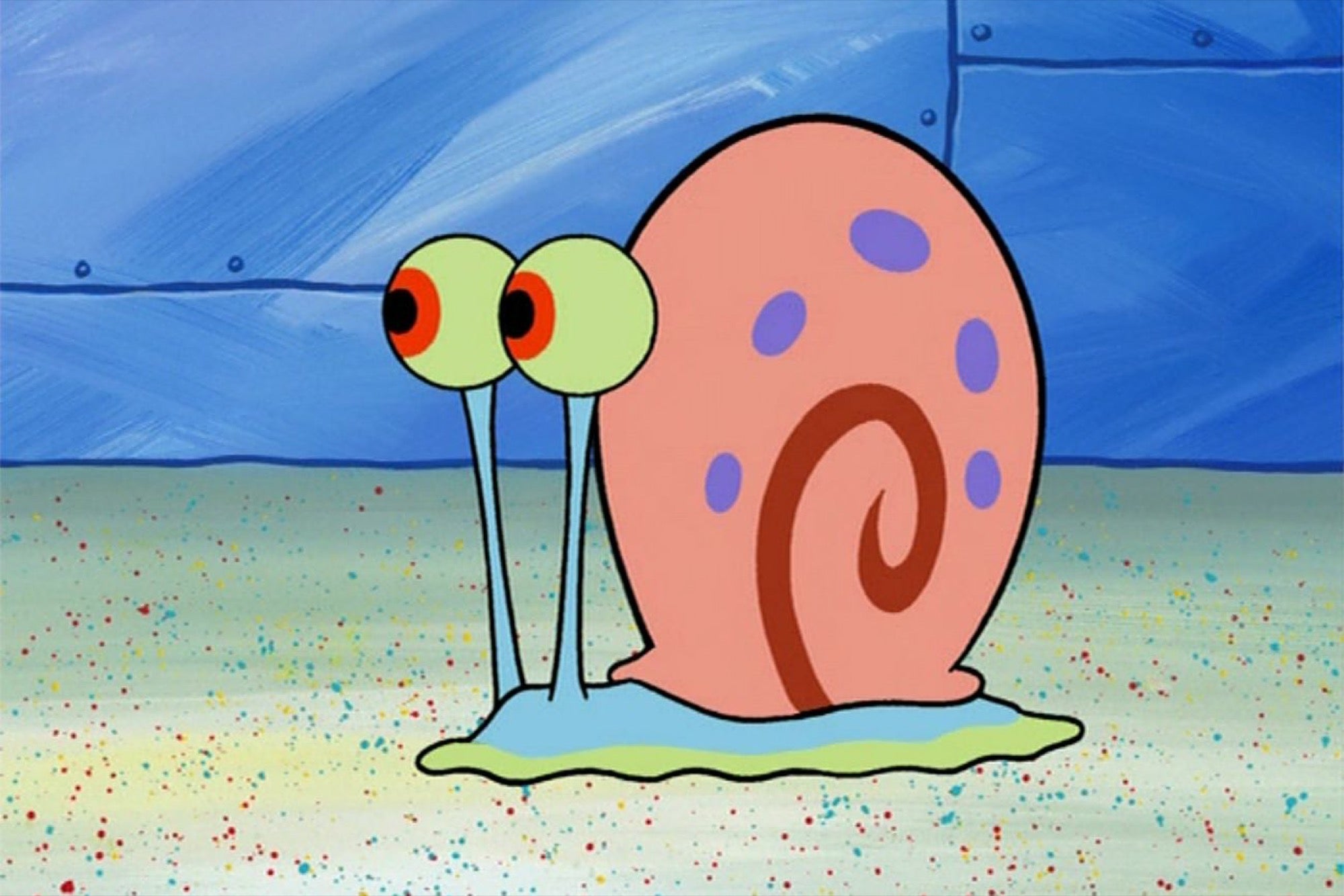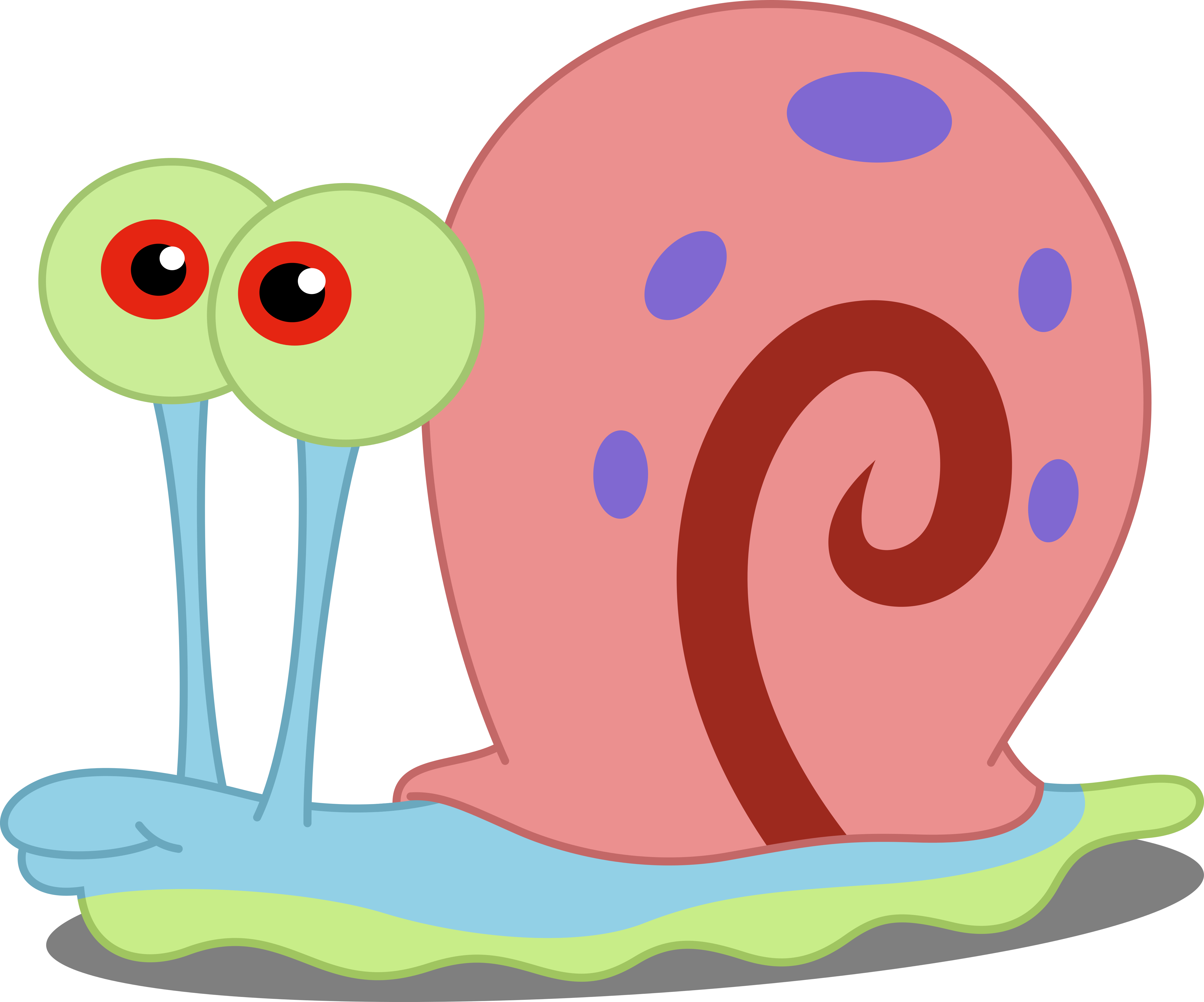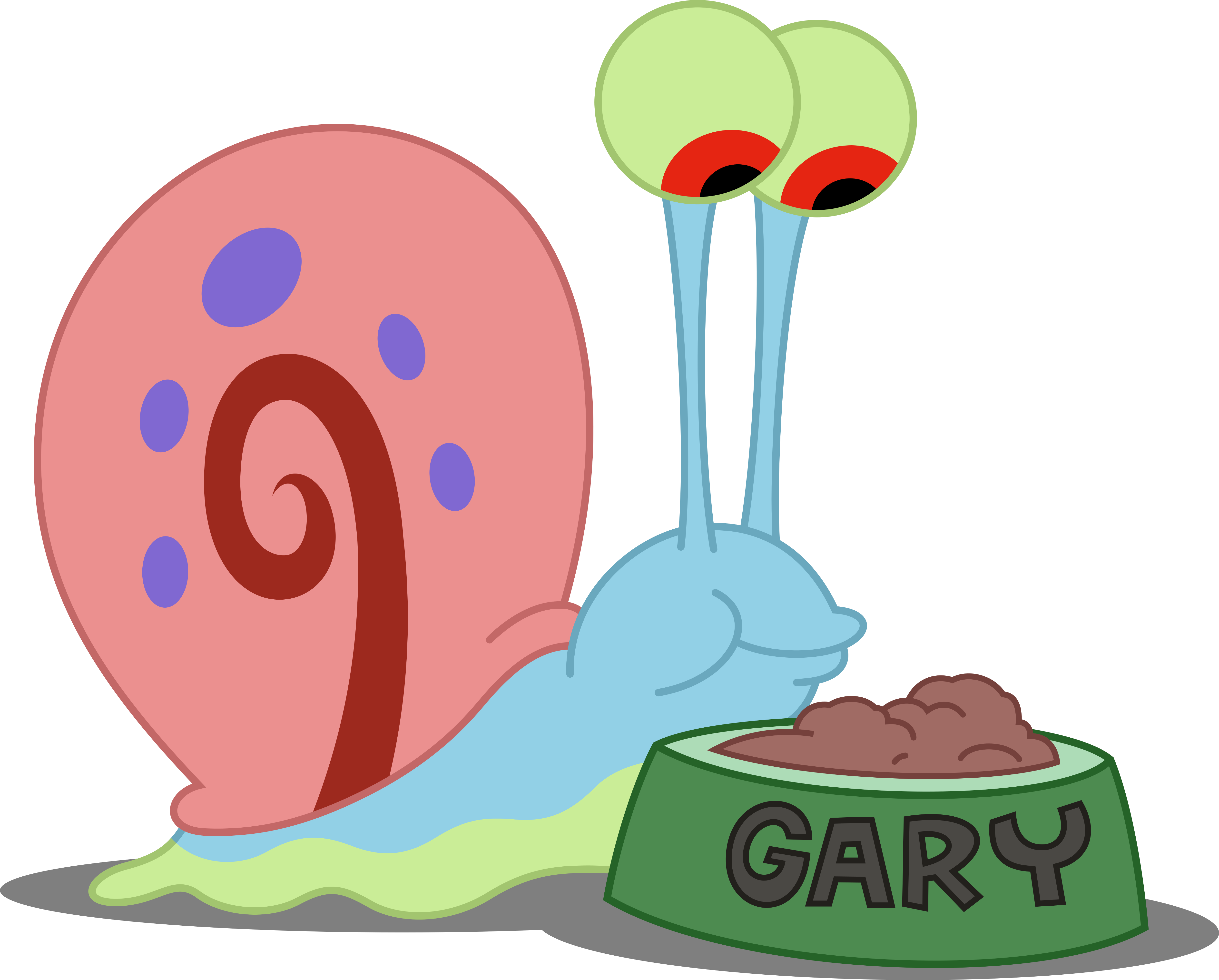Gary Oldman Hannibal Makeup: Unveiling The Masterpiece Behind Mason Verger's Face
Ever wondered about the true artistry behind some of cinema's most unforgettable looks? We're talking about those transformations that stick with you, the ones that make you gasp and wonder, "How did they even do that?" There are moments in film where an actor's appearance is so completely changed, it becomes a character in itself, really, a visual that tells a story all on its own.
One such incredible feat, you know, that truly stands out, is the makeup work on Gary Oldman for his role as Mason Verger in the film "Hannibal." It's a look that, honestly, is that, quite disturbing and absolutely iconic, leaving a lasting impression on anyone who sees it. This particular transformation is often held up as a shining example of what practical effects can achieve when, basically, artists are at the top of their game.
This deep dive will pull back the curtain on how this truly remarkable visual came to be, exploring the creative process and the sheer dedication involved in bringing such a challenging character to life through special effects. We'll look at the actor's part, the artists' skill, and why this particular piece of movie magic, in a way, still fascinates audiences today.
- Christopher Walken Googly Eyes
- Matthew Mcconaughey Quote Dazed And Confused
- Peter Dinklage Children
- Gary Oldman Mason Verger
- Robert De Niro Girlfriend Age
Table of Contents
- Gary Oldman: A Glimpse into the Actor's World
- Personal Details and Career Highlights
- The Horrifying Transformation: Mason Verger's Look
- The Artists Behind the Magic: Crafting the Makeup
- Hours of Dedication: The Application Process
- Beyond the Visuals: The Impact on Performance
- Why This Makeup Still Matters Today
- Common Questions About Mason Verger's Appearance
- Final Thoughts on a Cinematic Legacy
Gary Oldman: A Glimpse into the Actor's World
Before we get into the truly fascinating details of the makeup, it's worth taking a moment to appreciate the man underneath it all, Gary Oldman. He's an actor who, in a way, just disappears into his roles, becoming someone entirely different each time. You know, when you hear "Gary," your mind might first think of a place, perhaps Gary, Indiana, a city with a deep history in steel, a place that, you know, has seen its share of changes over the years, once a prosperous town but then jobs left and half its population fled. But then there's Gary Oldman, an artist whose name is synonymous with, really, incredible transformations on screen, someone who, you know, has given us so many memorable characters.
He has a reputation for taking on, a bit, these intense, often complex characters, making them feel incredibly real, no matter how extreme their circumstances. This dedication to his craft is precisely why he was, so, the perfect choice for a character as unsettling as Mason Verger. His ability to embody such varied personalities, from a punk rock icon to a revered statesman, speaks volumes about his range and commitment to his work, honestly.
Oldman's approach to acting often involves a deep immersion into the character's psyche, sometimes even altering his physical appearance or voice to match the role. This commitment makes him a standout performer, and it's something that, you know, audiences and critics often admire. He truly becomes the person he's playing, which is, basically, a rare gift.
- Brad Pitt
- Gary Oldman On Stephen Colbert
- Morgan Freeman Netflix Movies
- Benedict Cumberbatch Long Hair
- Morgan Freeman Penguin
Personal Details and Career Highlights
Here's a quick look at some key facts about Gary Oldman, the actor who brought Mason Verger to life with such intensity:
| Full Name | Gary Leonard Oldman |
| Date of Birth | March 21, 1958 |
| Place of Birth | New Cross, London, England |
| Notable Roles | Sid Vicious in 'Sid and Nancy', Norman Stansfield in 'Léon: The Professional', Sirius Black in 'Harry Potter' series, James Gordon in 'The Dark Knight' trilogy, Winston Churchill in 'Darkest Hour' |
| Awards | Academy Award for Best Actor (for 'Darkest Hour'), Golden Globe Award, BAFTA Award, and more |
| Acting Style | Known for his chameleon-like ability to transform, intense portrayals, and distinctive voice work. |
The Horrifying Transformation: Mason Verger's Look
Mason Verger, as many will recall, is a character from Thomas Harris's "Hannibal" novel, and his on-screen appearance is, frankly, pretty gruesome. He's a wealthy child molester who, you know, was left severely disfigured by Hannibal Lecter in a prior encounter. This disfigurement isn't just a minor scar; it's a complete reshaping of his face, leaving him barely recognizable and, in some respects, quite monstrous. The story goes that Lecter convinced Verger to cut off parts of his own face and feed them to his dogs, a truly horrifying act that, basically, left him in this condition.
The film needed to show this damage in a way that was both believable and, well, truly disturbing, without being overly gratuitous. This meant the makeup had to convey years of healing from truly horrific injuries, making his face look like, sort of, a melted, distorted mask. It's a very specific kind of horror, that, showing the aftermath of extreme violence rather than the act itself, which, you know, makes it even more unsettling.
The goal was to make viewers feel a strong sense of unease, to understand the depth of his suffering, but also, you know, the sheer depravity of his character, all conveyed through his altered appearance. The visual needed to communicate his inner ugliness and vengeful spirit as much as his physical pain. It was, arguably, one of the most challenging makeup jobs in modern cinema, requiring a lot of thought and planning.
The Artists Behind the Magic: Crafting the Makeup
Bringing Mason Verger's face to life was, honestly, a monumental task, and it fell to a team of truly gifted special effects makeup artists. KNB EFX Group, a company known for its incredible creature and character effects, was, in fact, responsible for this particular work. They had to, basically, translate the descriptions from the book into something tangible and visually shocking on screen, which, you know, is no small feat.
The process began with, you know, detailed concept art and sculptures. They would create clay models of Gary Oldman's head, then sculpt the disfigured look onto these models, making sure every detail, every wrinkle and scar, was just right. This allowed them to, really, experiment with different levels of damage and distortion until they found the perfect balance of horror and realism. They had to consider how the skin would stretch, how the bone structure would appear, and even, you know, how the light would catch the uneven surfaces.
This stage is where the vision truly starts to take shape, where the abstract idea of a ruined face becomes, you know, a physical form, ready to be translated into prosthetics. It's a very collaborative effort, usually, involving the director, the actor, and the makeup team working closely together to ensure everyone's vision aligns. They had to make sure the final look was not only terrifying but also, you know, believable within the story's context.
Hours of Dedication: The Application Process
Once the prosthetics were created, the real challenge began: applying them to Gary Oldman's face every single day of filming. This wasn't just a quick touch-up; it was, you know, an extensive, multi-hour process. Accounts suggest that the application could take anywhere from four to six hours each day, sometimes even longer, which is, honestly, a huge commitment for an actor. This time included not just applying the pieces but also, you know, blending, painting, and detailing.
This involved carefully gluing multiple pieces of silicone and foam latex onto his face, blending the edges seamlessly with his own skin, and then, you know, painting and texturing the entire area to make it look like real, damaged flesh. They had to make sure it moved naturally with his expressions, too, so it didn't look like a static mask. The artists would use various tools, brushes, and airbrushes to achieve the precise colors and textures of bruised, scarred, and, basically, partially missing skin.
Imagine sitting in a chair for that long, day after day, while artists work on your face. It requires incredible patience from the actor and, you know, immense skill from the makeup artists to ensure consistency and realism throughout the shoot. It's a testament to their dedication, that, and the actor's willingness to endure such a lengthy process for the sake of the character. The sheer amount of time involved is, frankly, pretty staggering.
Beyond the Visuals: The Impact on Performance
While the makeup itself is a visual spectacle, its true power lies in how it affected Gary Oldman's performance. When an actor is transformed so completely, it can, you know, really help them get into the character's mindset. For Oldman, stepping into Mason Verger's skin meant embodying a deeply disturbed and physically tormented individual, someone who is, basically, consumed by hatred and a desire for revenge.
The heavy prosthetics, in a way, probably changed how he moved, how he spoke, and even how he breathed. It forces an actor to, basically, rely more on their voice and body language to convey emotion, since their facial expressions are, you know, severely limited by the layers of makeup. This constraint can, oddly enough, actually enhance a performance, pushing the actor to find new ways to express the character's inner turmoil, perhaps through his eyes or subtle shifts in his posture.
It's a powerful example of how makeup isn't just about looking a certain way; it's, you know, a tool that helps an actor truly become someone else, adding layers of authenticity and depth to their portrayal. Oldman's commitment to the role, even under such restrictive conditions, is what makes Mason Verger so memorable, even if you can't see the actor's own face. He truly, in some respects, gave himself over to the character.
Why This Makeup Still Matters Today
Even years after its release, the makeup for Mason Verger in "Hannibal" remains a benchmark in special effects artistry. It's often cited in discussions about, you know, the best practical effects in cinema. This is partly because it achieved such a high level of realism without relying heavily on digital effects, which was, in fact, less common at the time for such extensive character work. The use of practical effects gives the look a tangible quality that, arguably, CGI often struggles to replicate.
The enduring impact comes from its ability to, really, shock and disturb viewers while still serving the story and character. It shows how makeup can be, you know, a vital storytelling element, not just a cosmetic addition. It's a reminder that sometimes, the most effective visuals are those created by hand, with immense skill and attention to detail, making the impossible seem, basically, real. This attention to detail is what makes it so convincing.
This work continues to inspire makeup artists and filmmakers, showing what's possible when talent and vision come together to create, you know, something truly memorable and impactful. It stands as a testament to the power of traditional special effects, proving that even with advancements in technology, the artistry of skilled hands can still create the most compelling and, frankly, terrifying illusions. It's a classic example of character design done right, that.
Common Questions About Mason Verger's Appearance
People often have questions about Mason Verger's look, especially since it's so, you know, striking and unsettling. Here are some of the things people often wonder about:
Who played Mason Verger in Hannibal?
Mason Verger was played by the immensely talented Gary Oldman, who, you know, took on the role uncredited due to a dispute over the film's rating. His performance, even hidden under all that makeup, is still very, very powerful, capturing the character's malevolence and vulnerability. It's a testament to his acting prowess that he could convey so much without his facial expressions.
How long did Gary Oldman's makeup take for Hannibal?
The daily makeup application for Gary Oldman's Mason Verger transformation was, you know, a very lengthy process. It typically took anywhere from four to six hours each day, a testament to the detailed work involved. This meant early call times for Oldman and the makeup team, often before dawn, to get him ready for filming. It was, honestly, a huge time commitment.
Was Mason Verger's face real?
No, Mason Verger's disfigured face was not real. It was, in fact, created using incredibly realistic prosthetic makeup applied to Gary Oldman by a team of skilled special effects artists. It looked, you know, so convincing that many people believed it was genuinely Oldman's altered face, which speaks volumes about the quality of the work. The illusion was, basically, complete.
Final Thoughts on a Cinematic Legacy
The `gary oldman hannibal makeup` stands as a powerful example of how special effects can elevate a film and a performance. It's a reminder that true artistry often involves, you know, hours of painstaking work and a deep understanding of character. This transformation isn't just about gore; it's about conveying a character's twisted soul through their outer shell, making the internal horror visible, that.
The dedication of Gary Oldman and the makeup team created a visual that, frankly, is still talked about today, years after the film's debut. It shows the incredible power of practical effects to, you know, really immerse an audience in a story, making the fantastical feel, in some respects, utterly real. This kind of work truly leaves a mark on cinematic history, honestly.
If you're curious to see more about the creative processes behind movie magic, you can, perhaps, explore the work of KNB EFX Group, a company that, you know, has done so much amazing stuff in film. Learn more about special effects makeup on our site, and for more fascinating character transformations, you might want to check out this page, which covers a lot of interesting examples.
- Michael Keaton Gung Ho
- Michael Caine Dunkirk
- Mark Ruffalo Hulk
- Samuel L Jackson Insidious
- Ryan Gosling Star Wars

Elon Musk Introduces His Pet Snail 'Gary' at an L.A. Event to Tout His

Vector #674 - Gary #2 by DashieSparkle on DeviantArt

Vector #672 - Gary by DashieSparkle on DeviantArt